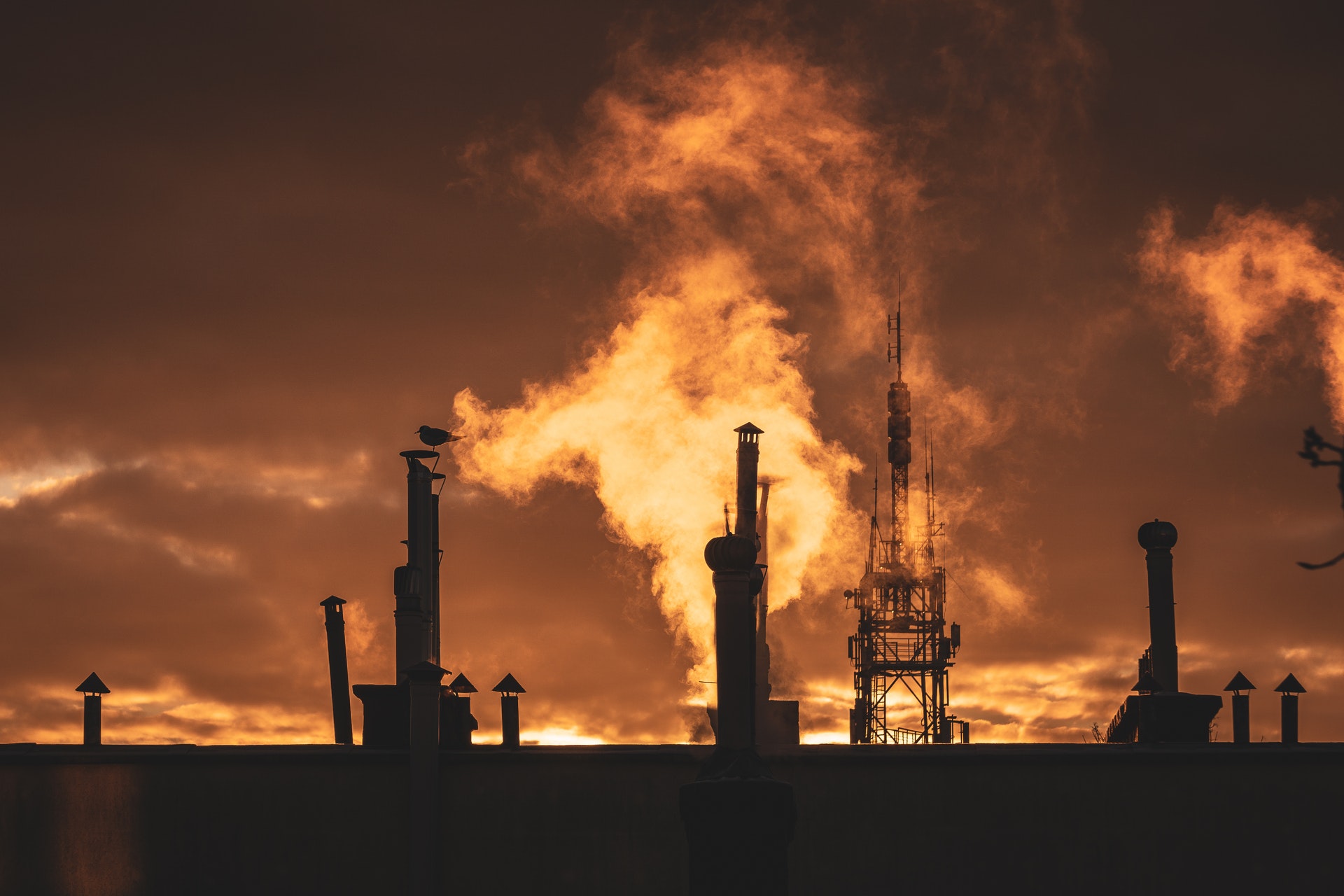
The European Union’s climate change package, including 20% cut in emissions, 20% improvement in energy efficiency and 20% increase in renewables by 2020, was finally agreed at the end of last week.
The EU also promised to up the reduction target to 30% if an international agreement on emissions is reached in Copenhagen next year.
But in line with predictions, although most of the original proposals in the EU climate change plan have been agreed, there are now crucial get out clauses for some of the biggest polluters.
To reach agreement, EU officials agreed on a compromise plan that will allow some of the biggest emitting industries to continue to receive free credits within the emissions trading scheme.
Eastern European countries, which rely heavily on fossil fuels, will receive a small percentage of revenues from the trading scheme to help transform their power sectors, which will also be partially exempt from paying for emissions permits until 2020.
The compromise deal will also mean that members states can import UN-approved carbon offset credits from the developing world to put toward their emission reduction targets.
In addition, half of the revenue raised from auctioning emissions permits under the trading scheme will be earmarked for low-carbon investment and 300 million tradable permits will be put towards a programme of carbon capture and storage demonstration projects.
The director general of the CBI, Richard Lambert, has welcomed the agreement, particularly the support for clean coal technology, but environmental groups are unhappy at the compromise.
“This could have been one of EU’s finest moments,” says Robin Webster of Friends of the Earth. “[But] huge loopholes allow big energy-users to carry on polluting and nations to buy offset ‘credits’ from abroad.”
The legislation will now go to the European Parliament before the end of the year, where it is expected to be approved.
